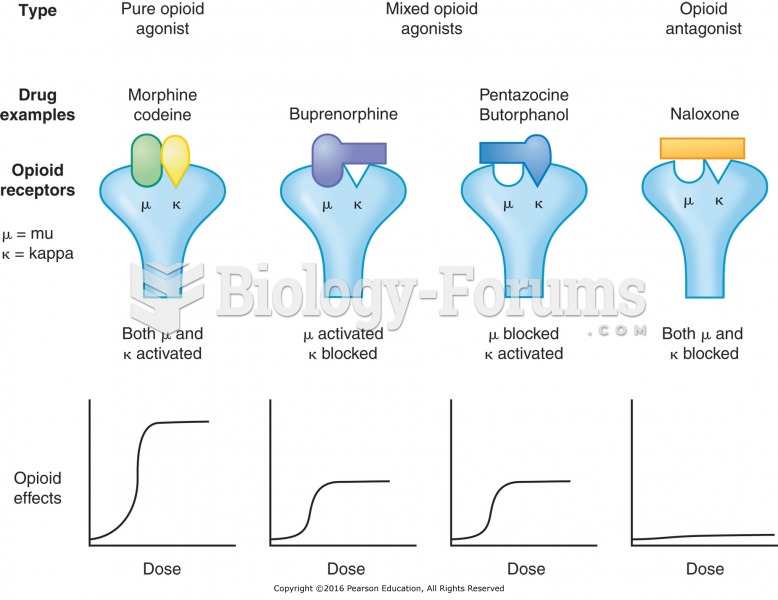|
|
|
Did you know?
A headache when you wake up in the morning is indicative of sinusitis. Other symptoms of sinusitis can include fever, weakness, tiredness, a cough that may be more severe at night, and a runny nose or nasal congestion.
Did you know?
As of mid-2016, 18.2 million people were receiving advanced retroviral therapy (ART) worldwide. This represents between 43–50% of the 34–39.8 million people living with HIV.
Did you know?
Thyroid conditions may make getting pregnant impossible.
Did you know?
There are approximately 3 million unintended pregnancies in the United States each year.
Did you know?
Nearly 31 million adults in America have a total cholesterol level that is more than 240 mg per dL.







